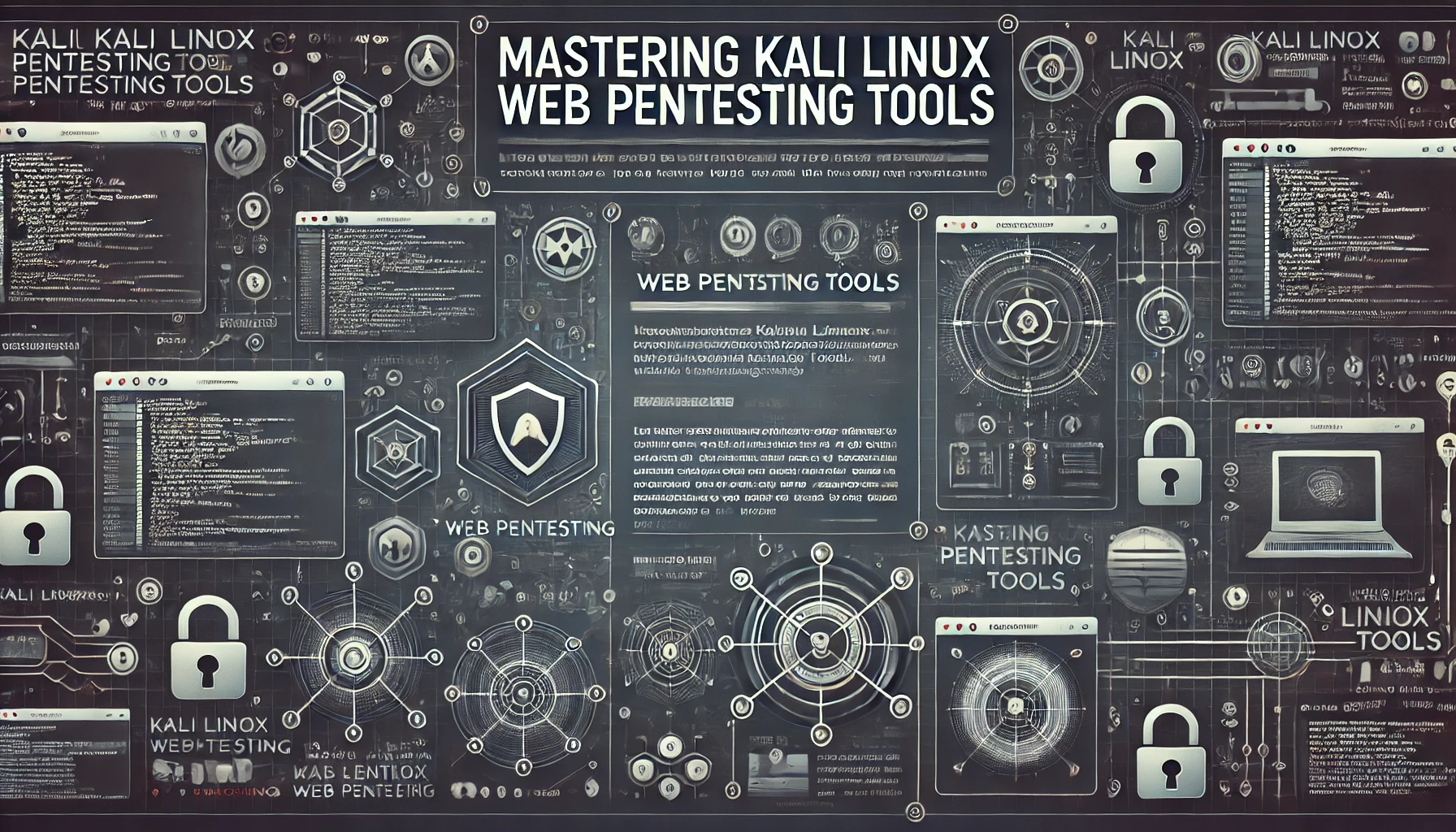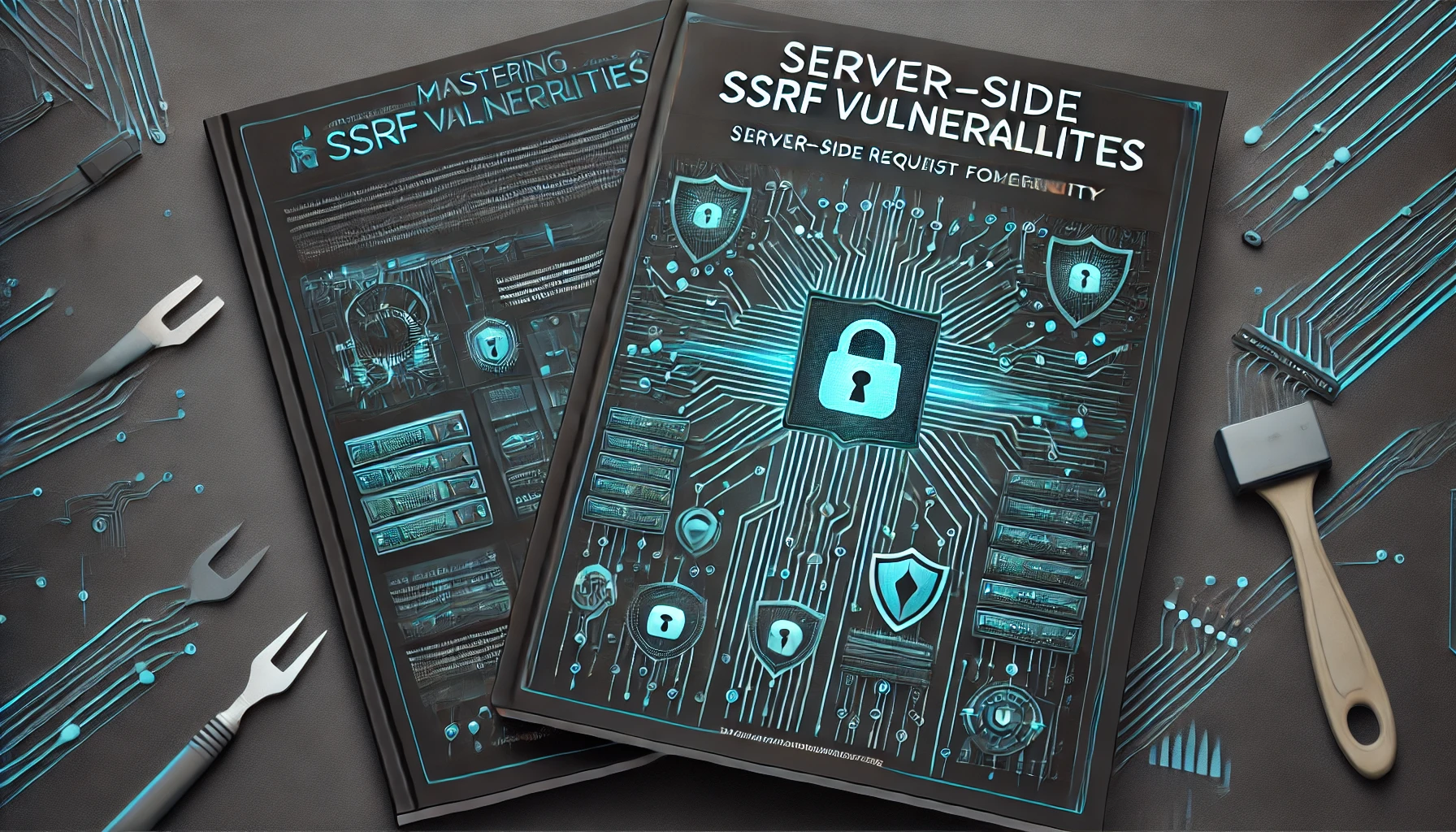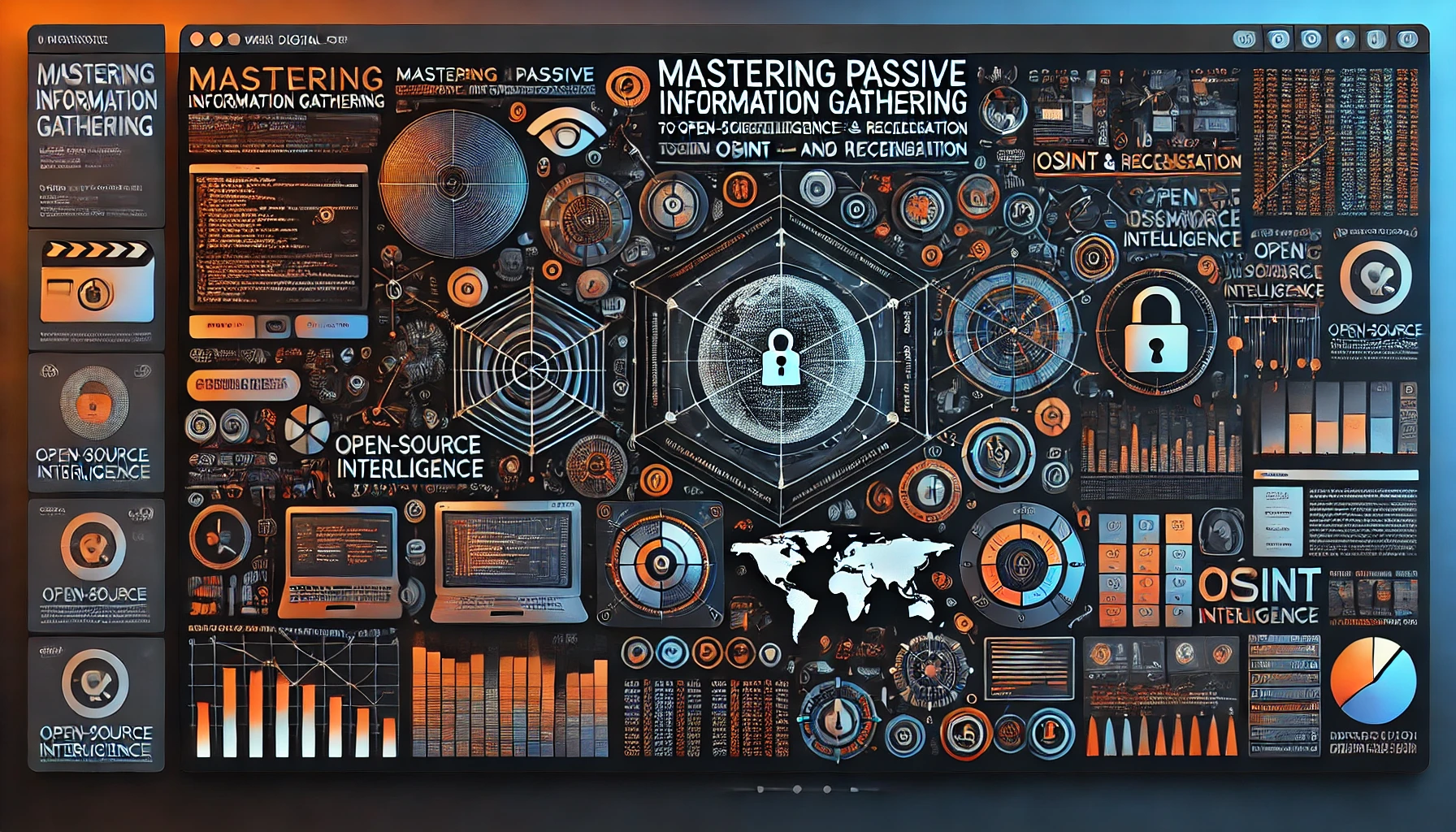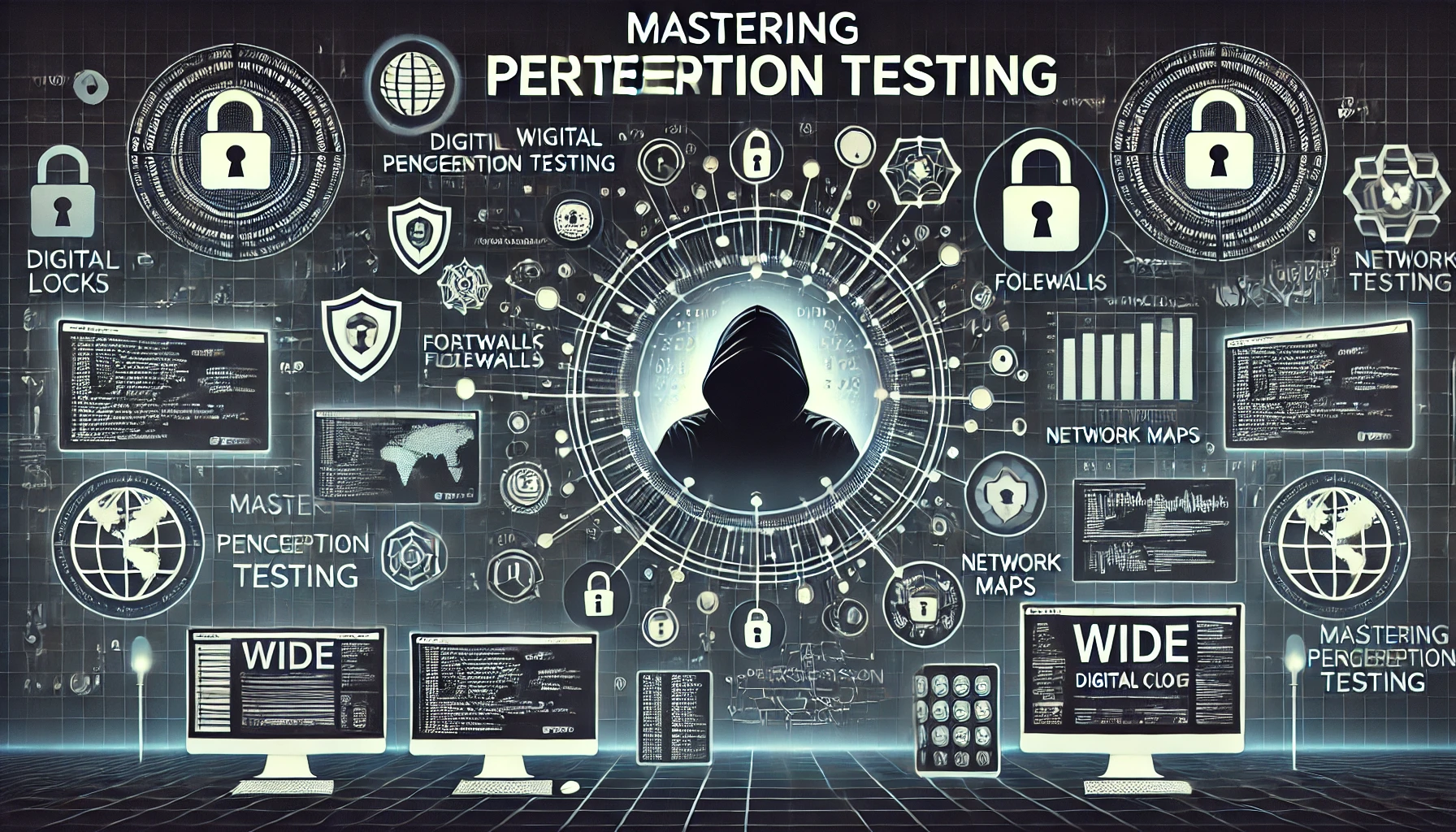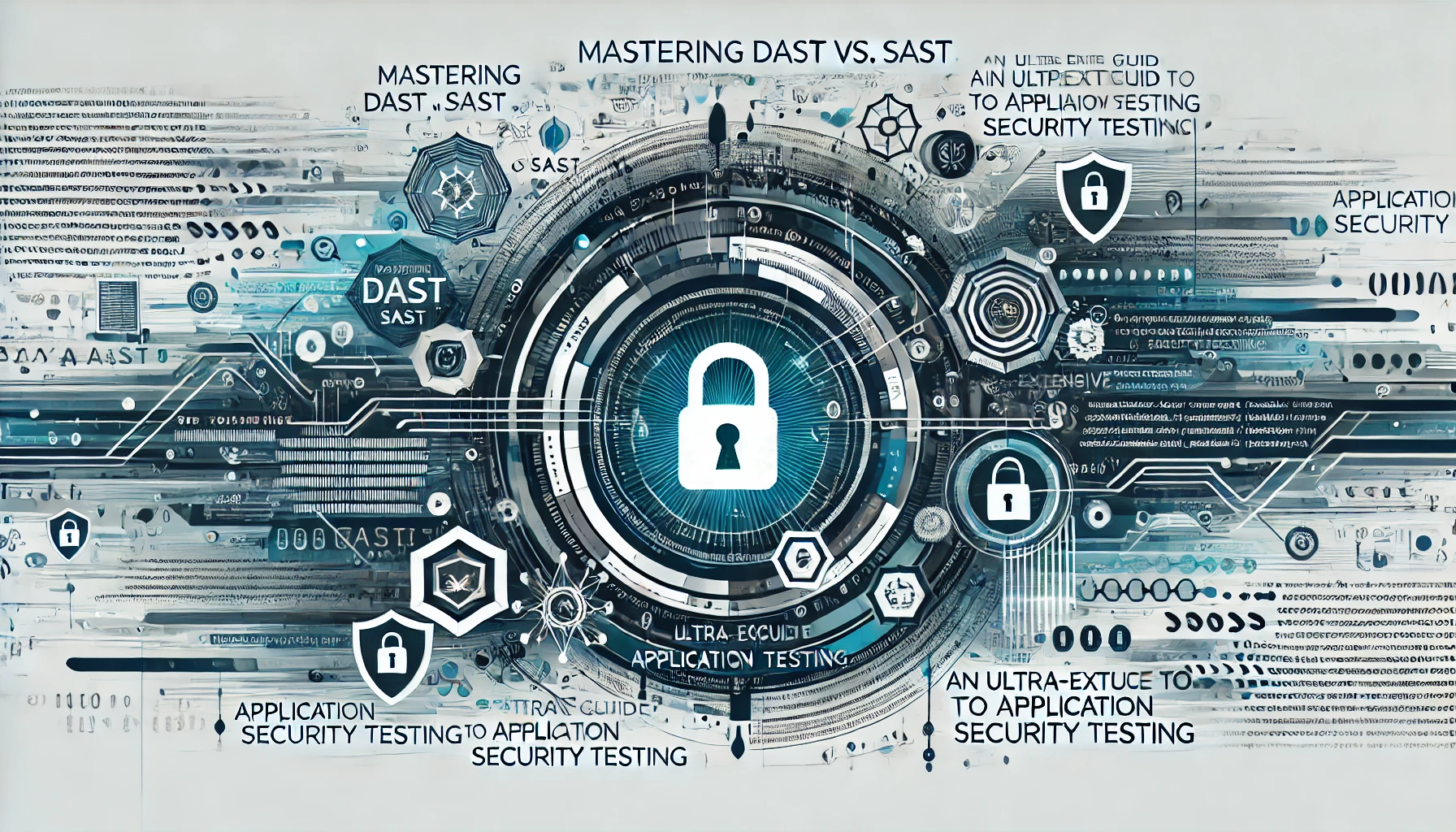Mastering Kali Linux Web Pentesting Tools: An Ultra-Extensive Guide to Advanced Web Security Testing
Kali Linux stands at the forefront of offensive security distributions, bundling numerous tools for penetration testing, digital forensics, and ethical hacking. Among its specialized capabilities, web penetration testing emerges as a core domain, with utilities for reconnaissance, scanning, exploitation, and post-exploitation of web applications. This ultra-extensive guide surveys the major Kali tools dedicated to web…
Read morePOSTED BY
Secure Debug
Mastering IaC and Secret Scanning: An Ultra-Extensive Guide to Secure, Automated Infrastructure Management
Modern software delivery demands not only fast application releases but also secure, consistent, and auditable infrastructure deployments. Infrastructure as Code (IaC) addresses these needs by treating infrastructure definitions (servers, networks, databases) as version-controlled code, enabling reproducible setups and minimal configuration drift. However, IaC definitions can also become a liability if secrets—passwords, API keys, or tokens—leak…
Read morePOSTED BY
Secure Debug
Mastering Active Information Gathering: An Ultra-Extensive Guide to Probing and Recon in Penetration Testing
Active information gathering, also called active reconnaissance, involves directly interacting with a target’s infrastructure to discover services, ports, potential vulnerabilities, and more. While passive reconnaissance relies on publicly accessible data, active recon goes one step further—sending packets, queries, or attempts to gauge the target’s responses. Conducted responsibly and within legal/ethical constraints, active recon yields critical…
Read morePOSTED BY
Secure Debug
Mastering Passive Information Gathering: An Ultra-Extensive Guide to Open-Source Intelligence (OSINT) and Reconnaissance
Passive information gathering, often associated with OSINT (Open-Source Intelligence), is a foundational step in penetration testing, threat research, competitive intelligence, and investigative journalism. Rather than directly interacting with the target’s systems, practitioners rely on publicly available resources to gather insights, ensuring minimal footprints. When executed properly, passive recon yields a wealth of data—from domain records…
Read morePOSTED BY
Secure Debug
Mastering Penetration Testing: A Comprehensive Guide to Methodologies, Tools, and Best Practices
As the frequency and sophistication of cyberattacks grow, penetration testing has become a cornerstone in identifying vulnerabilities before malicious actors can exploit them. Whether an organization handles sensitive financial data, personal information, or operational technologies, a well-executed penetration test provides a deep look into the real-world exploitability of systems, networks, and applications. This ultra-extensive guide…
Read morePOSTED BY
Secure Debug
Mastering MongoDB Security: An Ultra-Extensive Guide to Secure Configuration and Usage
MongoDB’s document-oriented nature and ease of scaling have made it a mainstay in modern development stacks—powering e-commerce, analytics, gaming, IoT, social media, and more. While its schema flexibility and high performance are compelling, these same attributes can, if not managed properly, lead to serious security oversights. Cybercriminals have routinely exploited misconfigured MongoDB databases, sometimes wiping…
Read morePOSTED BY
Secure Debug
Mastering Secure Public Wi-Fi Usage: An Ultra-Extensive Guide to Protecting Your Data and Privacy
Public Wi-Fi hotspots are ubiquitous in today’s always-connected world. Whether you’re sipping coffee in a bustling café, catching a flight at a busy airport, or working remotely in a shared workspace, public wireless networks provide convenient, cost-effective internet access. However, these networks often lack robust security controls, making them prime targets for cybercriminals. Without proper…
Read morePOSTED BY
Secure Debug
Mastering Medical Device Cybersecurity: An Exhaustive Guide to Safeguarding Patient Safety and Data Integrity
As healthcare increasingly relies on connected medical devices—ranging from implantable insulin pumps and pacemakers to infusion pumps, MRI scanners, and surgical robots—the importance of cybersecurity intensifies. A single vulnerability in a device can compromise patient safety, disrupt critical procedures, and lead to regulatory and reputational damage. Ensuring robust cybersecurity in medical devices is not only…
Read morePOSTED BY



